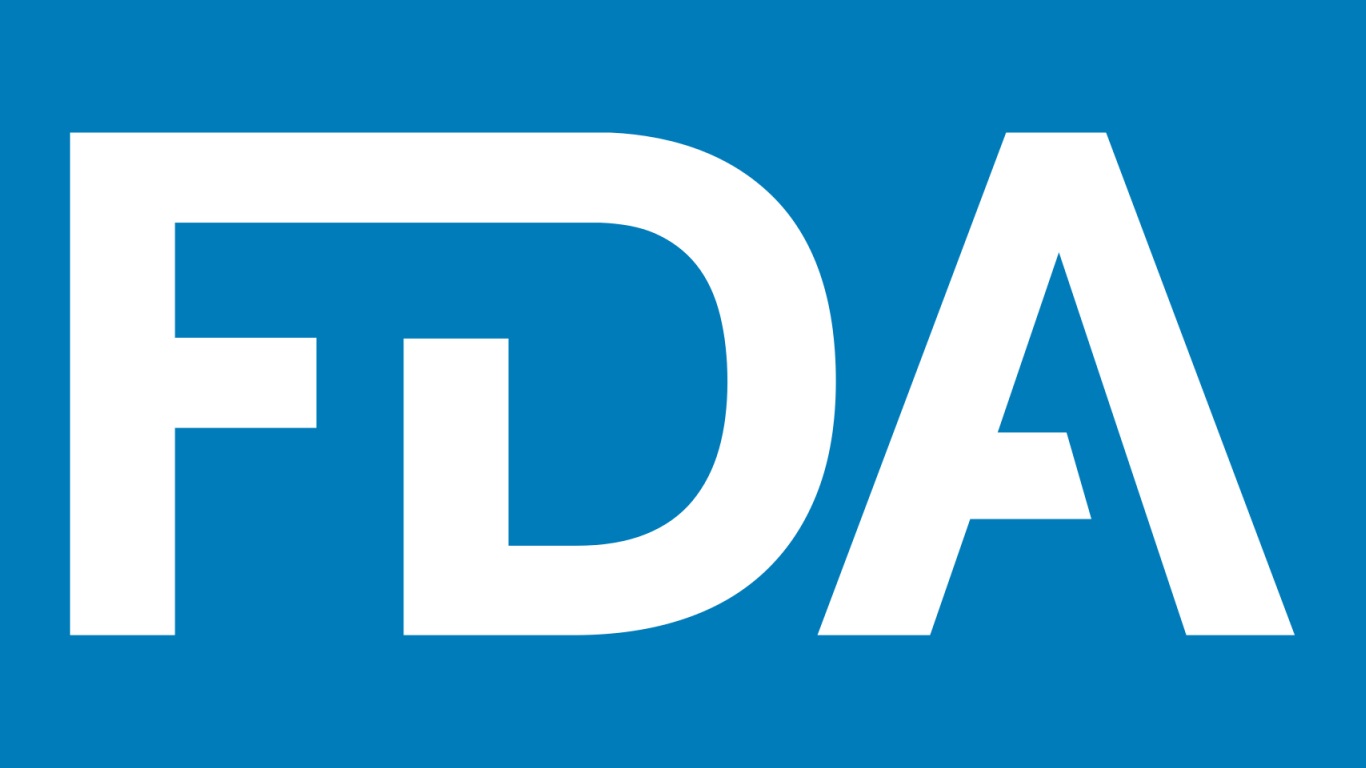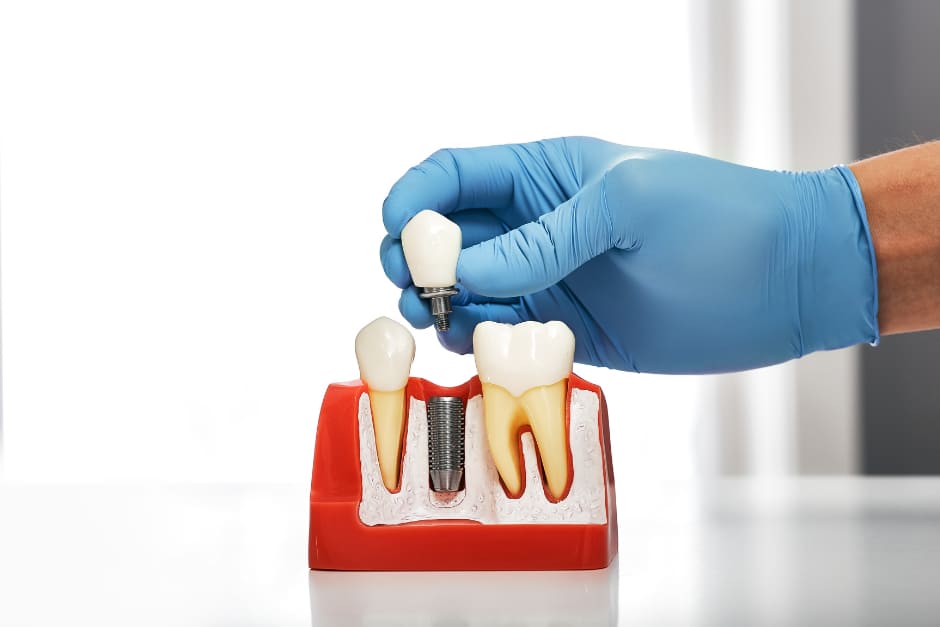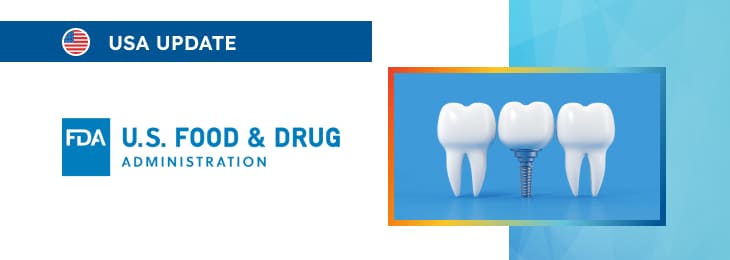The article provides a general overview of the applicable regulatory requirements and highlights the key points.

Table of content
The Food and Drug Administration (FDA or the Agency), the US regulating authority in the sphere of healthcare products, has published a guidance document dedicated to endosseous dental implants and endosseous dental implant abutments, describing the applicable performance criteria in the context of safety and performance based pathway. The document describes the applicable regulatory requirements, and also provides additional clarifications and recommendations to be taken into consideration by medical device manufacturers and other parties involved in order to ensure compliance.
At the same time, it is important to mention that provisions of the guidance are non-binding in their legal nature, nor they are intended to introduce new rules or impose new obligations. Moreover, the authority explicitly states that an alternative approach could be applied, provided such an approach is in line with the existing legal framework and has been agreed with the authority in advance.
Introduction
This document provides a comprehensive framework for evaluating endosseous dental implants and their abutments under the FDA’s Safety and Performance Based Pathway. This alternative pathway enables manufacturers submitting a 510(k) application to demonstrate substantial equivalence by meeting performance criteria instead of directly comparing their devices to predicate devices.
Submitters using this pathway must adhere to the criteria detailed in this guidance, which aligns with the FDA-recognized standards available in the Consensus Standards Database. The approach streamlines the regulatory process, reducing burdens while ensuring safety and efficacy.
This guidance was implemented immediately due to its public health significance, as per Section 701(h)(1)(C)(i) of the FD&C Act and 21 CFR 10.115(g)(2). It remains open to public comment under the Agency’s good guidance practices.

Regulatory Background
In September 2019, the FDA introduced the Safety and Performance Based Pathway for well-understood medical device types. This optional pathway allows submitters to demonstrate device equivalence by meeting FDA-identified performance standards derived from legally marketed devices.
The FDA’s development of performance criteria for endosseous dental implants and abutments involved analyzing expert input, scientific literature, and data from existing devices. This approach is designed to be less burdensome than traditional predicate comparisons, aligning with public health priorities.
The pathway emphasizes testing methods and performance metrics that reflect safety and efficacy, making the regulatory process more efficient and predictable for device manufacturers.
Scope and Device Description
The guidance applies to Class II devices, specifically:
- Root-form endosseous dental implants (21 CFR 872.3640, product code DZE)
- Endosseous dental implant abutments (21 CFR 872.3630, product code NHA)
Intended Use covered by the scope of the guidance includes:
- Implant bodies: Surgically placed in the upper or lower jaw to support prosthetic devices, restoring chewing function.
- Abutments: Aid prosthetic rehabilitation when used with implant bodies.
Devices must be manufactured using approved materials as per FDA-recognized consensus standards, including:
- ASTM F67: Unalloyed titanium
- ASTM F136: Titanium-6Aluminum-4Vanadium ELI alloy
- ASTM F1295: Titanium-6Aluminum-7Niobium alloy
According to the guidance, the following characteristics should be defined and compared to predicate devices:
- Abutments: Diameter, wall thickness, transmucosal height, post height, angle, retention type, and restoration retention method
- Implant bodies: Connection platform, bone diameter, placement type, threaded length, retention length, and thread type.
The document also mentions that where compatibility between implant and abutment cannot be determined descriptively, reverse engineering analysis is recommended. This includes detailed reports and CAD images to confirm tolerances and compatibility.
Exclusions from Scope
As it is explicitly mentioned by the FDA, the following devices or features fall outside the scope of this guidance:
- Two-piece abutments with CAD/CAM components
- Abutments with a post height under 4 mm
- Implants smaller than 3.25 mm in diameter or 7.0 mm in length
- Abutments with non-screw retention method
- Devices placed outside the alveolar ridge (e.g., zygomatic implants)
- Additively manufactured devices
- Non-sterile implant bodies or those with coatings
- Devices claiming superior clinical performance requiring additional testing
- Devices with new or untested technology
- Abutments with angles over 30°
Testing and Compatibility Evaluation
According to the guidance, for device compatibility and performance validation, submitters should include:
- Reverse Engineering Analysis
- Detailed measurements using precise tools (e.g., optical machines, calipers).
- Justified sample sizes and measured tolerances.
- Critical Features Documentation:
- Charts comparing the subject and OEM devices.
- Upper and lower tolerance limits, standard deviations, and measured values.
- Quality System Plan:
- Ongoing compatibility testing to account for OEM design changes.
- CAD Images:
- Contrasting cross-sectional views showing tolerances between components.
Regulatory Considerations
If additional data or testing is required to demonstrate device equivalence, the FDA encourages submitters to use the Q-Submission Program to engage in pre-submission discussions. This ensures clarity on testing requirements before final submission.
Conclusion
In summary, this guidance document provides a streamlined pathway for manufacturers of endosseous dental implants and abutments to demonstrate safety and performance. According to the document, submitters can reduce regulatory burdens while maintaining high standards of public health by following FDA-identified criteria and leveraging recognized standards.
How Can RegDesk Help?
RegDesk is an AI-powered Regulatory Information Management System (RIMS) designed to simplify global compliance for medical device companies. With regulatory intelligence covering 120+ markets, RegDesk helps you prepare and publish global submissions, manage standards, conduct impact assessments, and stay ahead of regulatory changes all from a single, centralized platform. Expanding into new markets has never been easier.

